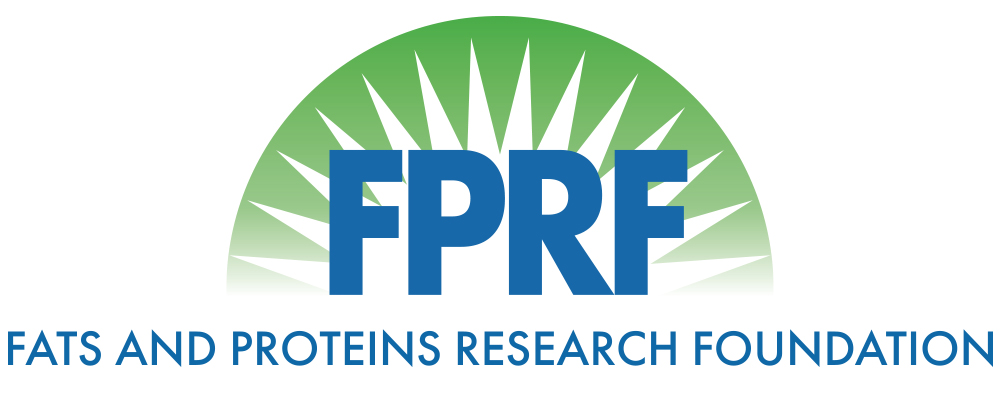Determining the Process Lethality of Salmonella and Escherichia coli O157:H7 in Heat Treated, Rendered Meat and Poultry Products
Title: Determining the Process Lethality of Salmonella and Escherichia coli O157:H7 in Heat Treated, Rendered Meat and Poultry Products
Principal Investigator: Dale Woerner, Colorado State University
Keywords: used cooking oil, rendering, Salmonella, Escherichia coli O157:H7, D-value, z-value, critical limits, food safety, FSMA, 2014, Woerner
Year: 2014
Objective:
1) Determine the process lethality of Salmonella and E. coli O157:H7 in heat treated, rendered used cooking oil.
2) Establish reasonable “critical limits” for Salmonella and E. coli O157:H7 in “worst case scenario” rendered used cooking oil.
3) Establish D and z values for Salmonella and E. coli O157:H7 in “worst case scenario” rendered used cooking oil.
Lay Summary/Industry Summary:
Scientific Abstract: A study was conducted with the objectives to: (i) determine the process lethality of Salmonella and E. coli O157:H7 in heat treated, rendered used cooking oil; (ii) establish reasonable “critical limits” for Salmonella and E. coli O157:H7 in “worst case scenario” rendered used cooking oil; (iii) establish D- and z-values for Salmonella and E. coli O157:H7 in “worst case scenario” rendered used cooking oil. Objectives were addressed in a “worst case scenario” created by inoculating previously heat treated, used cooking oil (100% fat), with a five-strain mixture of Salmonella or E. coli O157:H7 , at a level of approximately 8.0 log10 CFU/ml. After inoculation, oil samples were heat treated in at 62, 71, or 82°C using a water bath. At predetermined time intervals, individual oil samples were removed from the water bath and immediately chilled (for a minimum of 5 min) in an ice/water slurry. Surviving populations were enumerated by surface plating the samples onto xylose lysine deoxycholate agar (XLD; Salmonella), sorbitol MacConkey agar (SMAC; E. coli O157:H7 ), and tryptic soy agar supplemented with 1% sodium pyruvate (TSAP; a non-selective culture medium). Six replicates were performed for each pathogen and temperature combination. Thermal death curves were generated from the surviving populations. A non-linear death curve was observed for both pathogens at all temperatures. Segmented regression was used to calculate D-values, which ranged from 0.03 to 0.04 min at 82°C, 0.14 to 0.27 min at 71°C, and 0.77 to 1.49 min at 62°C. Lastly, critical limits were established to create timed heat treatment processes for use by renderers in a HACCP system or other regulatory model.
